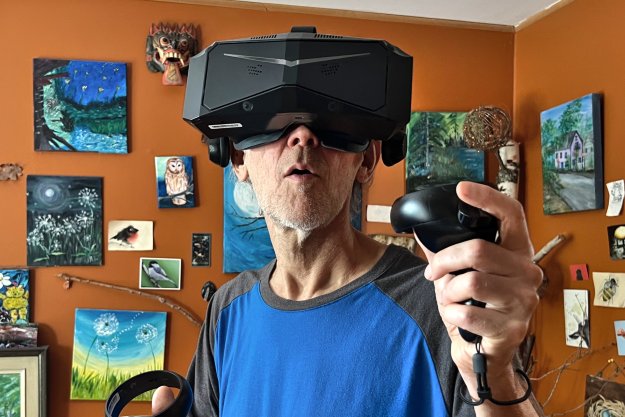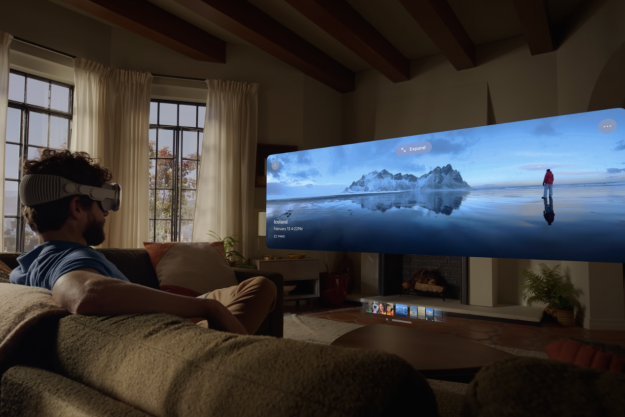HP is launching a new commercial virtual reality headset, the Reverb G2 Omnicept Edition. The headset is part of the new “HP Omnicept Solution” and is packed full of new sensors for developers and businesses to leverage and create experiences for training, wellbeing, creation, and collaboration.
Coming in spring 2021 for developer and enterprise users, the new headset’s design and internals are quite similar to the original HP Reverb G2, which was called the world’s highest-resolution VR headset.
However, the new Reverb G2 Omnicept Edition packs in the addition of eye-tracking from Tobii and heart rate sensors, as well as a face camera (which HP is calling a first in a commercial headset.) It also features a new ratcheting headband, designed to allow the headset to fit different users with ease.
Although not built with home users in mind, Reverb G2 Omnicept Edition is still being called the “word’s most intelligent VR headset.” It is one part of — and is designed to be paired with — developer experiences created through the HP Omnicept SDK, as well as for use with flexible programs from HP’s partners. Without the SDK or those programs, wearers won’t be able to leverage the power of all the new sensors, or the eye-tracking technology.

According to HP, when paired with the SDK and used with other partner programs and solutions, insights from the sensors on the headset can help commercial and business users with a few things. For instance, an instructor who is teaching someone to learn how to fly an airplane in a simulation can see the pilot’s real-time heart rate data, as well as where their eyes were looking during the scenario.
And, thanks to the face camera, wearers of the Reverb G2 Omnicept Edition can enjoy real human interactions and see facial expressions when collaborating in the virtual world. This can be useful for speech training, too, as showcased by HP’s partner, Ovation, a virtual reality speech training experience.
Essentially, the headset is designed to make virtual reality technology more human and personal for enterprise cases. “HP Omnicept is different. It is much more than hardware. It is a holistic solution that really puts humans back at the center with adaptive, hyper-personalized engaging experiences,” Anu Heranean, a product director at HP, said in a statement.
“With Omnicept we bring together the hardware, the A.I., and sensors in a single platform that equips VR software developers to create completely new user-centric personalized and enterprise use cases that can then be deployed,” Heranean said.
HP did not share pricing at this time. The company encourages anyone interested to tune in on October 1-2 at the VR/AR Global Summit to see the headset in action.
Editors' Recommendations
- This new VR headset beats the Vision Pro in one key way and is half the price
- Your Quest 3 just got so much better — for free
- Vision Pro headset proves buggy for prominent Apple tipster
- Spatial computing went public this year, but the true test is ahead
- I tried an insane one-handed keyboard, and I actually liked it


